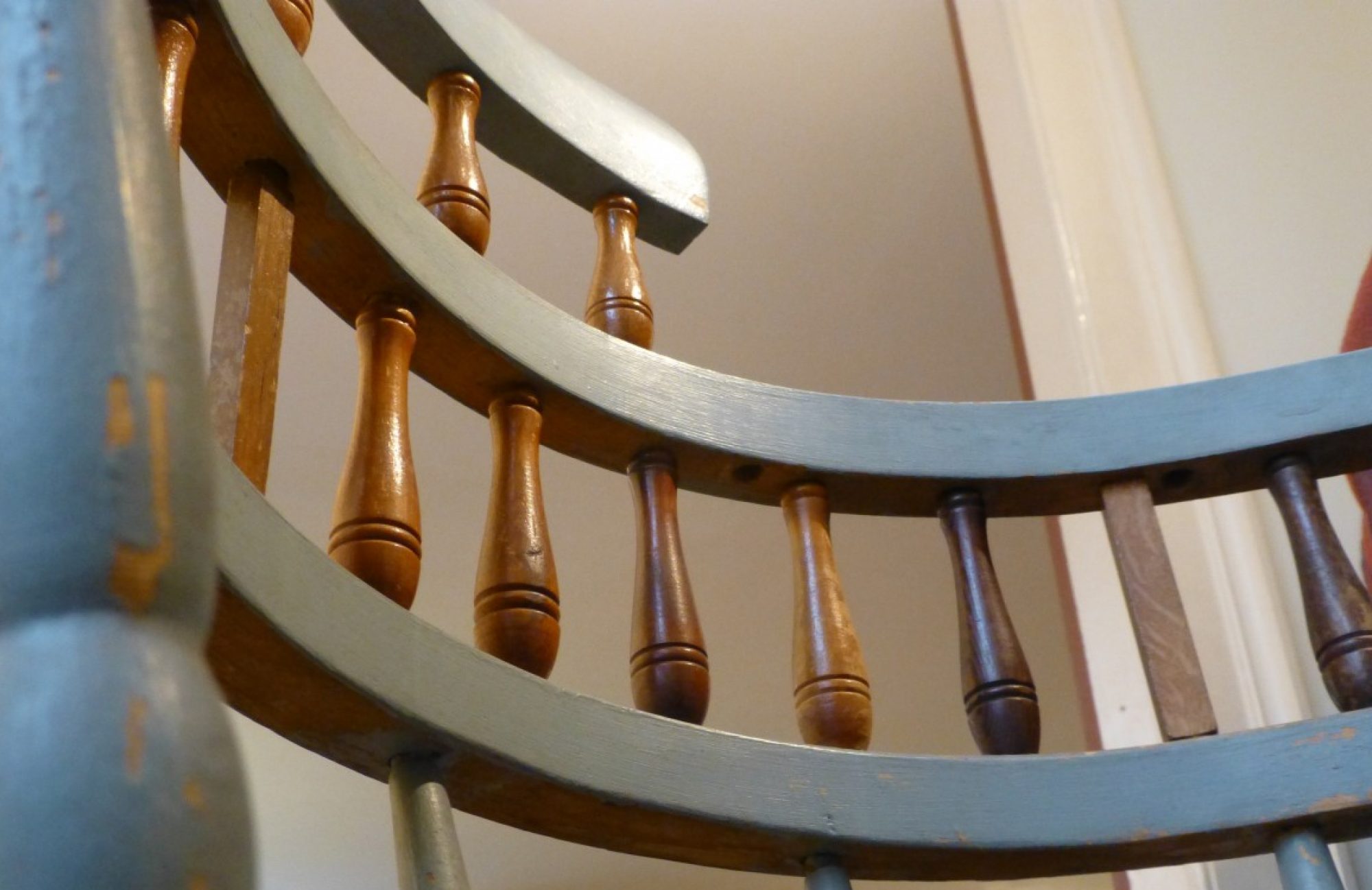Daniel Foot was a pioneer and an original settler of Middlebury. Born in Simsbury, Connecticut on April 27, 1724, Foot lived in Washington, MA and Dalton, MA before permanently relocating to Middlebury, VT, in 1788.[1] In Middlebury, Foot purchased and developed 600 acres of land, building mills, houses, and barns and felling forests.[2] In 1801, Foot bequeathed his entire plot of land to his children and their spouses and moved on to develop unchartered territory in what is now Canton, NY.[3] Shortly after his arrival in Canton, Daniel Foot died of smallpox.[4] He was said to have embodied a spirit of industriousness and contagious energy; in his book, History of the Town of Middlebury, Samuel Swift describes Foot as a man who “could never be contented on a well cultivated farm.” Swift goes even further writing, “There must be forests to subdue, and new dwellings to erect, or it was no place for him; and at last he died in the woods, and for lack of boards for a coffin was laid in bark from an elm tree.”[5]
This piece of oak, from Daniel Foot’s Barn, was donated by Foot’s grandson, Allen Foot.[6] The large barn, built nearly a century earlier, in 1790, was situated on the Foot family farm (located on the west side of Foot Street, two miles southeast of the Middlebury village).[7] At this point in his life, Foot wanted nothing more than to establish both the business and religious centers of Middlebury on his plot of land.[8] The barn initially served as the center for religious and organizational meetings in Middlebury, but as the town grew in population, all business, governmental, and spiritual spaces were moved to the village. Foot vehemently opposed this change but was still regarded as a respectable, conscientious man in the midst of this heated controversy.[9]
Below is a map of Daniel Foot’s property drawn by William Bott in 1791. The photograph clearly shows foot’s Barn off of what appears to be Main Road.

Allen Foot donated the barn relic on June 7th, 1884, as indicated by Sheldon’s ledger. Sheldon wrote an especially lengthy diary entry that day, stating, “Warm Day, shower with hail at 3/Pm… I rode out to see Allen Foot an early settler of Midd, who is palsied, he told me of old matters.”[10] In addition to Foot’s donation of several objects in October 1883, this entry suggests that Henry Sheldon and Allen Foot were close acquaintances. The entry also insinuates that Allen Foot was in poor health at the time of procurement of this relic and that this may have been a final visit between old friends. This relic is both symbolic in that its origins are deeply rooted in the founding and development of Middlebury and that it serves as a physical token, representative of a fruitful friendship.

-Harry Rich ‘17.5
Footnotes
[1] Swift, History of the Town of Middlebury: In the Country of Addison, Vermont (A. H. Copeland, 1859), 198.
[2] Ibid. 199.
[3] Ibid. 199.
[4] Ibid. 199.
[5] Ibid. 199.
[6] H.L. Sheldon Papers, Vol. 19, Collection of the Henry Sheldon Museum, Middlebury, Vermont
[7] Swift, History of the Town of Middlebury, 197.
[8] Ibid. 197.
[9] Ibid. 199
[10] H.L. Sheldon Diary, 7 June 1884. Collection of the Henry Sheldon Museum, Middlebury, Vermont
